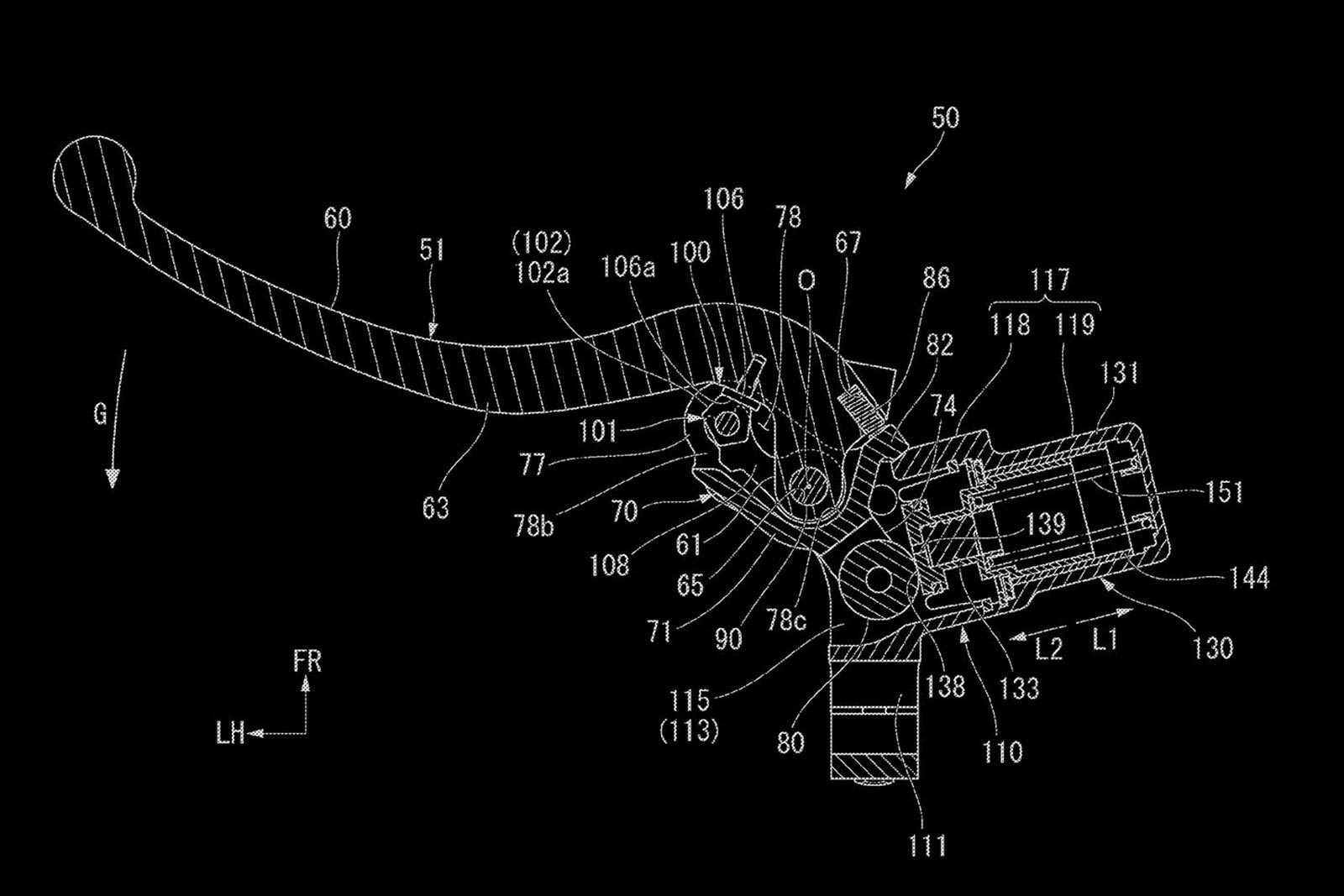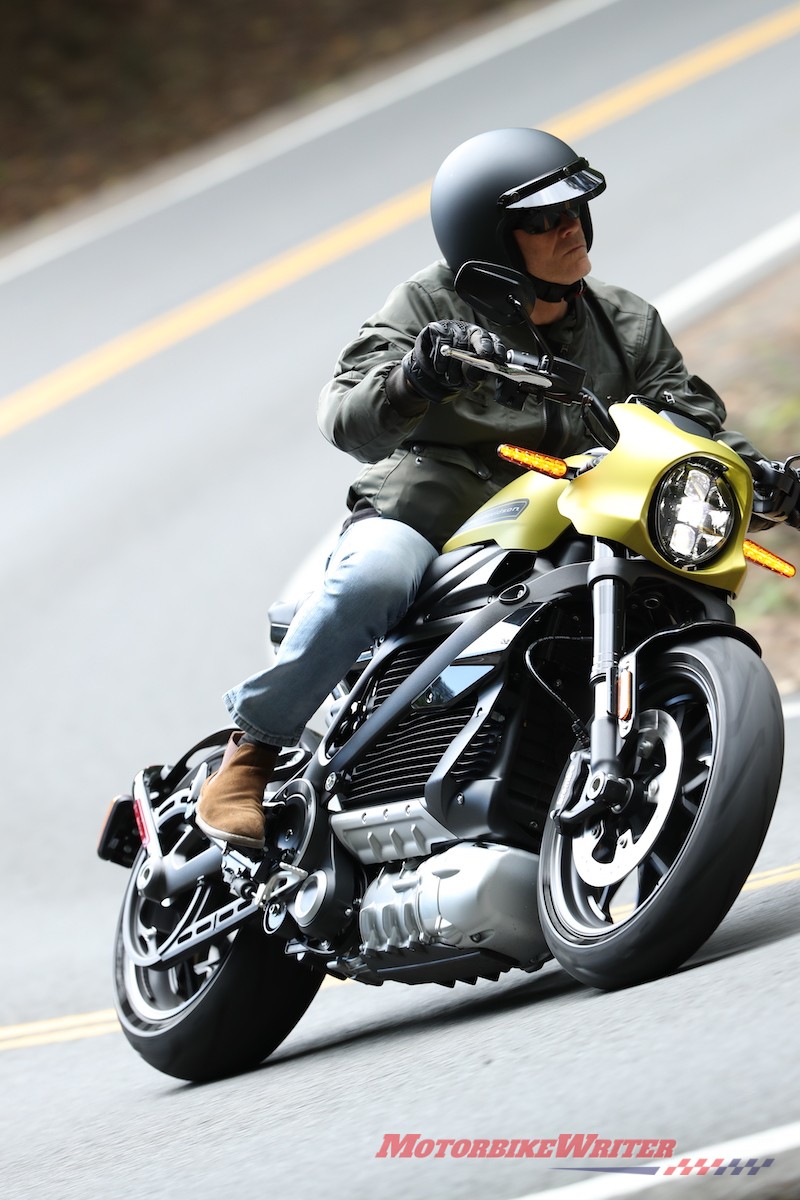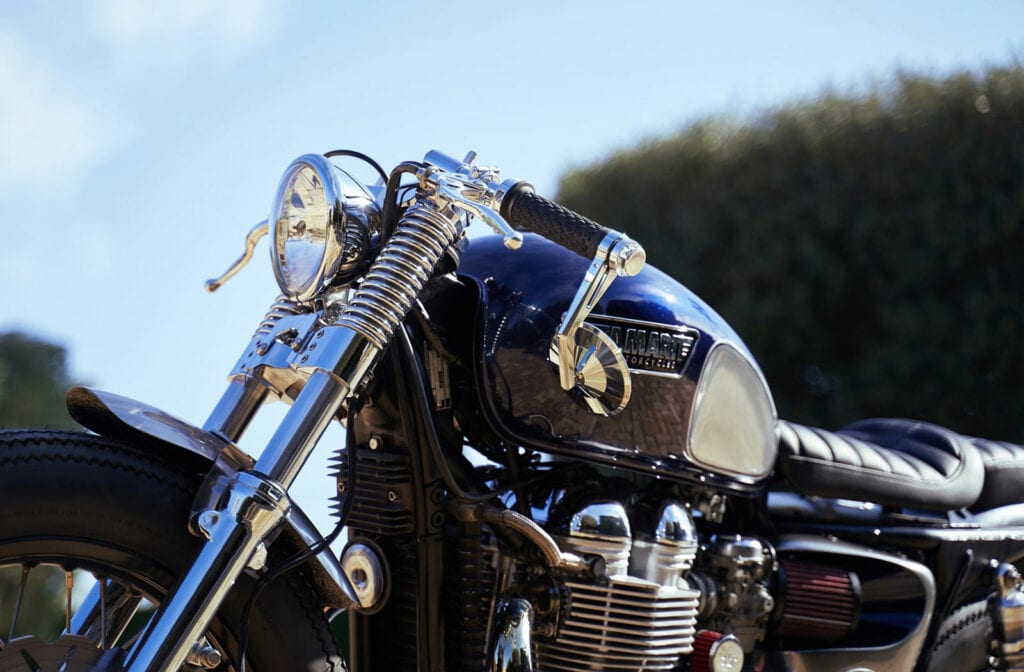The engineers at Honda are busy looking at the future of how we will ride on two wheels, and their latest creation is a clutch-by-wire system for motorcycles, first spotted by the eagle eyes at Cycle World.
Similar to how a brake-by-wire system works, the clutch actuation begins by measuring the pressure applied to the clutch lever by the rider, and then sends an electronic signal to a slave cylinder, which replicates and applies that force on the clutch, either engaging or disengaging it.
The clutch-by-wire technology might seem like an unnecessary complication of a common motorcycling action, but there is some method to Honda’s madness.
For starters, a clutch-by-wire system could help augment already existing rider aids (many of which were made possible by the advent of ride-by-wire throttles, mind you), such as launch control, traction control, and quickshifter applications.
The technology could also make it easy for motorcycle clutches to operate like an automatic transmission, which could be a boon to getting more riders on bikes, or taking the trouble out of tedious riding situations, like stop-and-go traffic.
Taken to a lesser extreme, an electronically controlled clutch can more precisely engage and disengage the clutch during shifts to help smooth the transitions between gear changes, and help with hill-start assist applications.
Filing several patents on the technology, Honda’s setup envisions a device that fail-safes to a disengaged clutch, and would feature a haptic force-feedback interface, so as to simulate the feel that riders are accustomed to with the clutch lever.
Though the clutch pedal has all but disappeared in the four-wheeled world, the use of brake-by-wire and other similar electronic actions is becoming more than pervasive in the automotive sector.
It was only a matter of time before the motorcycle industry followed suit.
Source: USPTO via Cycle World




